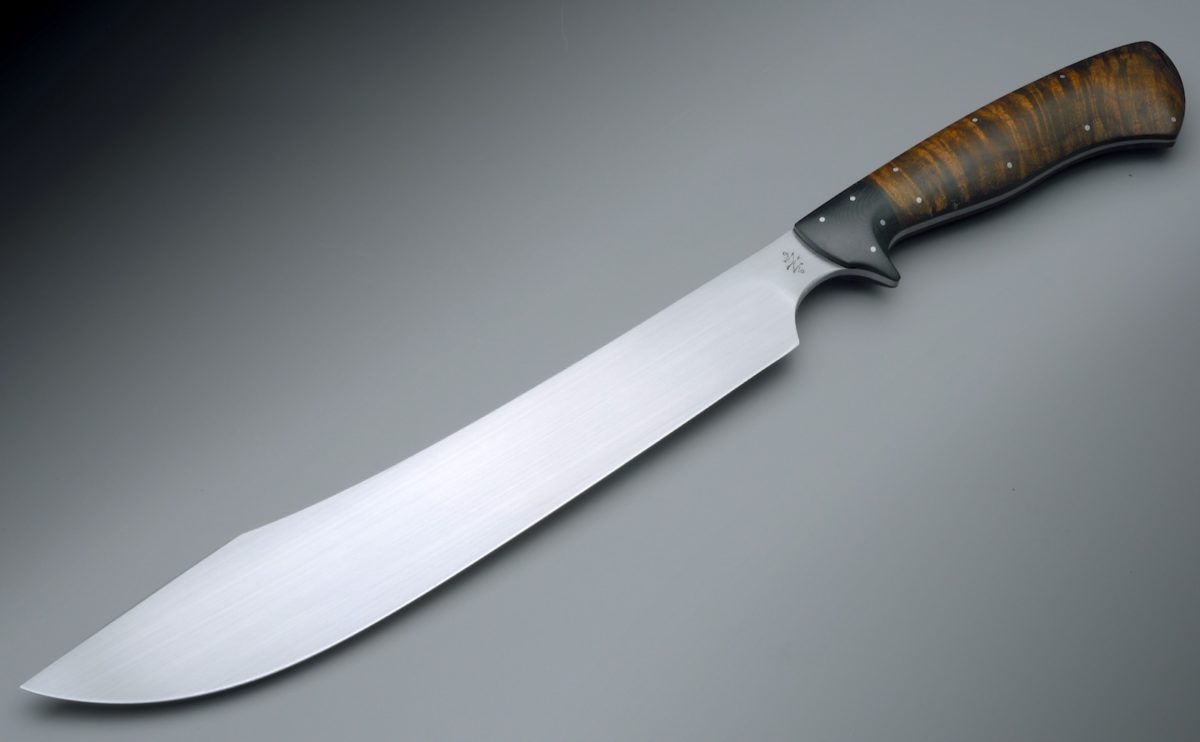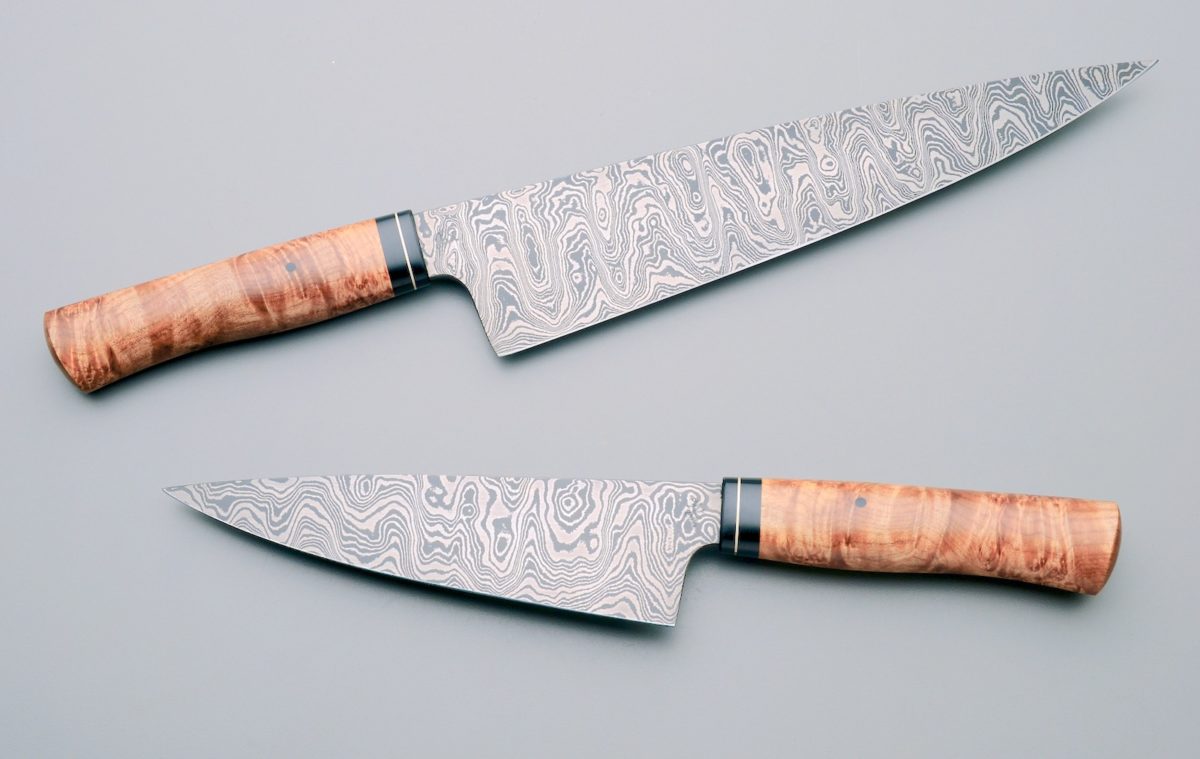Why Do Knives Dull Over Time?
As a knife gets used, the tiny teeth that make up the edge will bend out of line and eventually break off altogether. When enough of them are bent out of line, the knife starts to feel dull because you’re trying to push more surface area through the material as you cut.
Many kitchen knife sets come with something called a steel. That’s the rod-with-a-handle thing that most of us never knew how to use. When those micro serrations begin to misbehave and the knife starts to feel like it’s not cutting quite as well as it was, a few strokes against the steel can recondition your edge by pushing those little teeth back into line. Eventually, the teeth will either break off or wear down, and when enough of them have gone the edge truly is dull.



